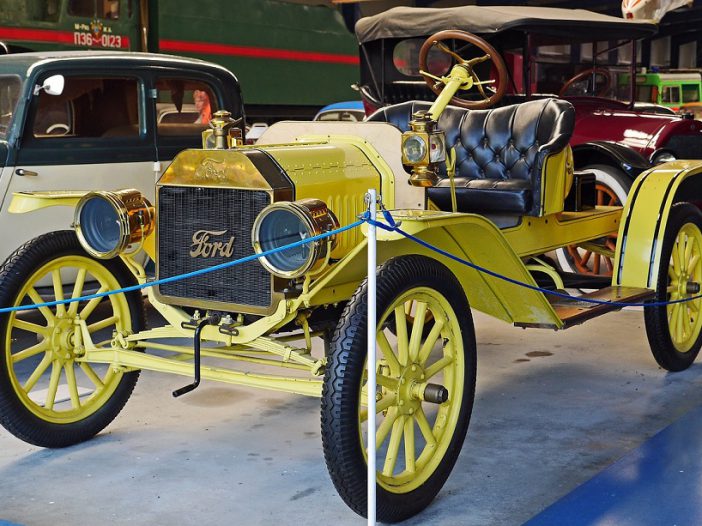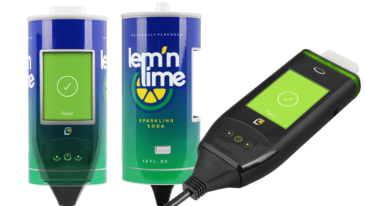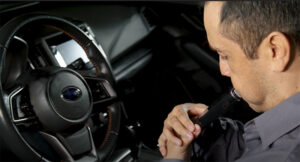
When Did Drinking and Driving Become Illegal?
In today’s world, it’s common knowledge that drinking and driving is wrong and highly illegal, but did you know that that wasn’t always the case? When did drinking and driving become illegal? Drunk driving has only been illegal for a little over 100 years in many states.
In this post, we’re going to go over the history of drinking and driving laws to help you understand how we got to where we are today.
Let’s take a quick look at the timeline of drunk driving laws in the United States.
1910
New York becomes the first state to adopt a law against drinking and driving. California and other states would soon follow. The early DUI laws prohibited driving while intoxicated; however, they did not set a definition for what level of intoxication would qualify as drunk driving.
1933
Prohibition is repealed, re-allowing the manufacture and sale of alcohol in the United States.
1936
An Indiana University biochemistry and toxicology professor patents the Drunkometer. This balloon-like device was used to determine a person’s intoxication. A person breathed into the Drunkometer, and the color of the air, when mixed with a chemical solution, would determine the amount of intoxication.
1938
The American Medical Association and the National Safety Council conduct research to create the first commonly-used legal limit for blood alcohol concentration (BAC) at 0.15 percent.
1953
Former police captain and university professor, Robert Borkenstein, invents the Breathalyzer. An evolved version of the Drunkometer, the Breathalyzer was much more accurate and easier to use, making it perfect for police officers who needed to determine whether a driver had too much to drink. The Breathalyzer used chemical oxidation and photometry to determine a person’s alcohol concentration. The person simply blows into the machine and it measures the alcohol vapors in their breath, thus showing the level of alcohol in their blood.
1980
Mothers Against Drunk Drivers (MADD) is founded by Candy Lightner after her 13-year-old daughter is killed by a drunk driver on her way home from a school carnival. The driver in question had three previous DUI convictions and was out on bail from a hit-and-run arrest two days earlier during the time of the incident.
MADD has helped change public opinion and attitude toward drunk driving and has pushed for tougher penalties for those who are convicted of driving under the influence of alcohol or drugs. MADD has also successfully lobbied for the legal drinking age to be raised from 18 to 21.
1984
With a push from MADD, the National Minimum Drinking Age Act was passed, requiring states to pass individual legislation that raised the legal drinking age to 21.
2000
Congress adopts 0.08 percent BAC as the national legal limit for impaired driving.
2012
Alabama becomes the last state in the United States to pass and execute an ignition interlock law for those who are arrested and convicted of impaired driving.
Making Drunk Driving a Big Deal
This gives you a brief layout of 100 years of history of drinking and driving laws. As you can see, the question of “when was drinking and driving made illegal?” has a complicated answer, as it can only be answered on a state-by-state basis.
New York adopted the first law against drinking and driving just a few short years after mass production of the automobile began. Clearly, it didn’t take long for law enforcement to recognize the danger involved in mixing drinking and driving. However, no legal limit was established. Each arresting officer had to determine whether or not an individual was too drunk to drive, and it took more than 40 years for a reliable way to measure BAC to emerge.
It really wasn’t until MADD emerged on the scene that the general public began to look at drunk driving as dangerous. People often looked in the other direction when there was a drunk driving incident, but then a grieving mother from California formed MADD and changed the public consciousness. Their aggressive campaigning was effective, and soon, driving drunk was seen as wrong.
The Future of Drinking and Driving Law
Drunk driving laws continue to evolve, with Utah reducing its legal limit to 0.05 percent, and a national push for other states to follow. Penalties for drunk driving continue to become more strict as well, with violators typically facing mandatory jail time and a suspended license. While people continue to drink and drive, the increased awareness and stiff consequences will hopefully lead to it becoming less prevalent.


